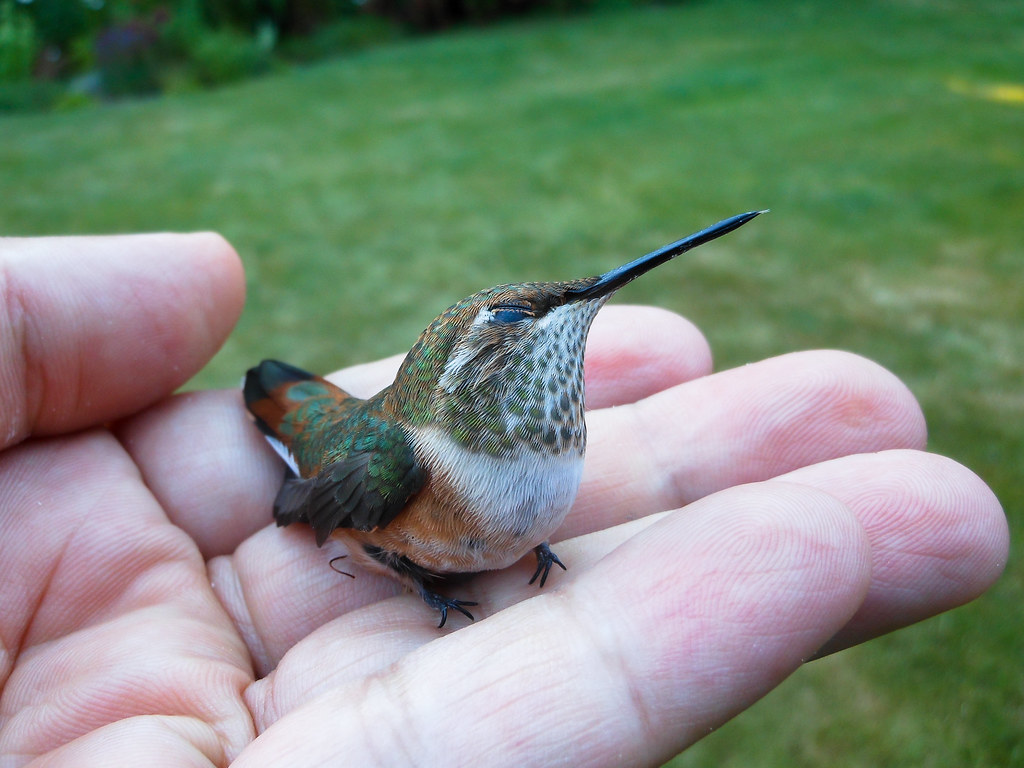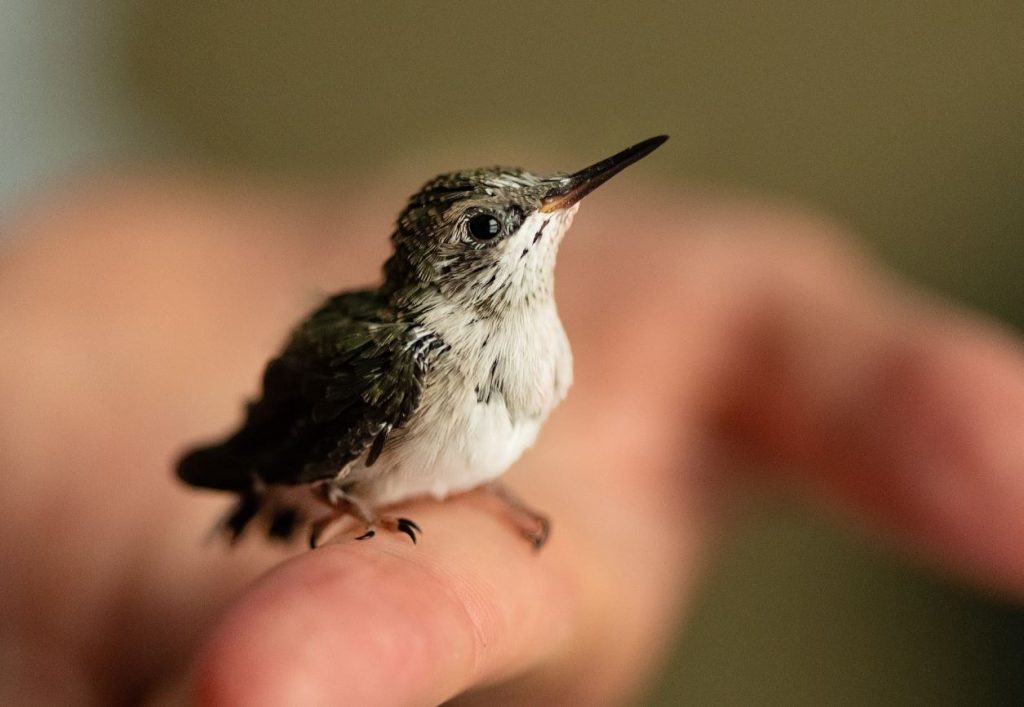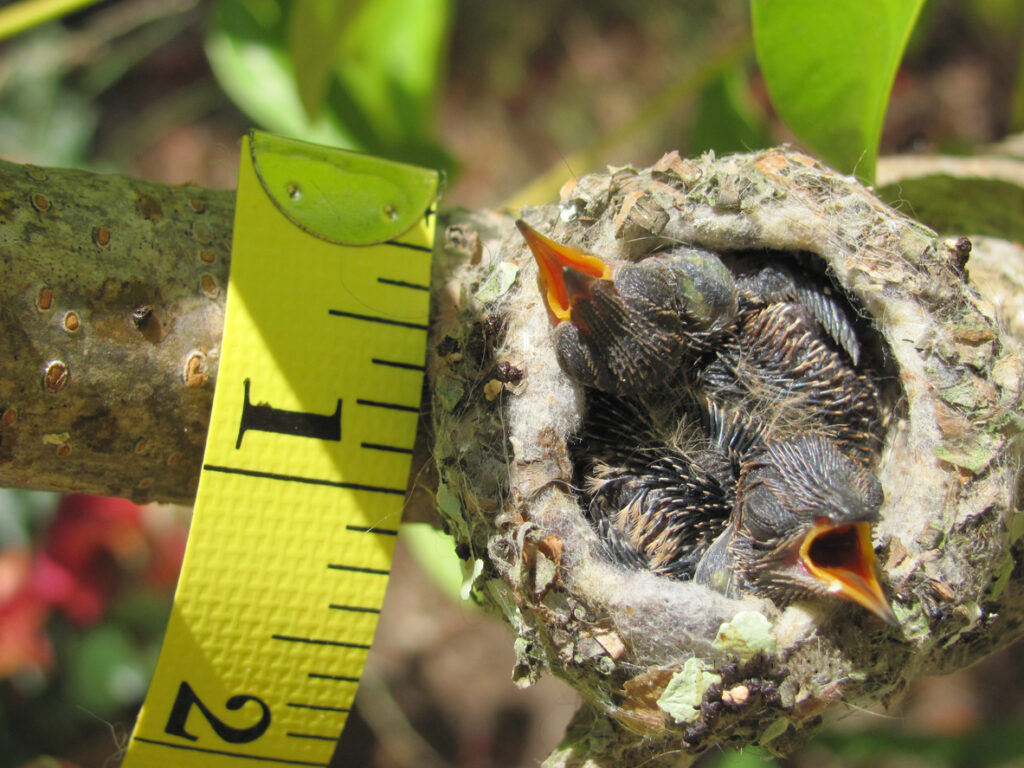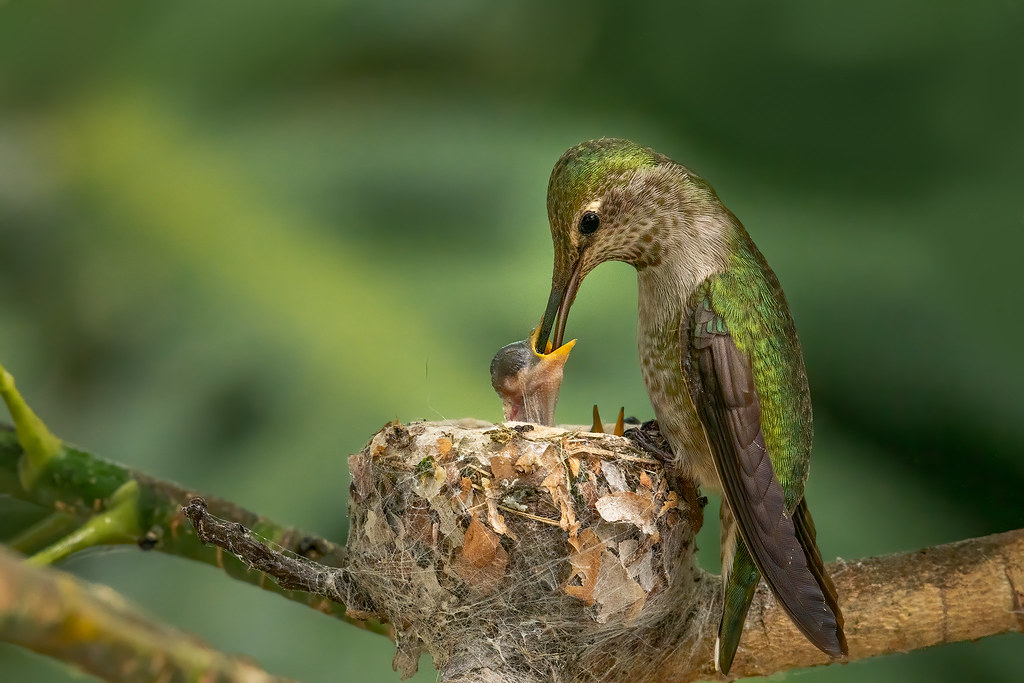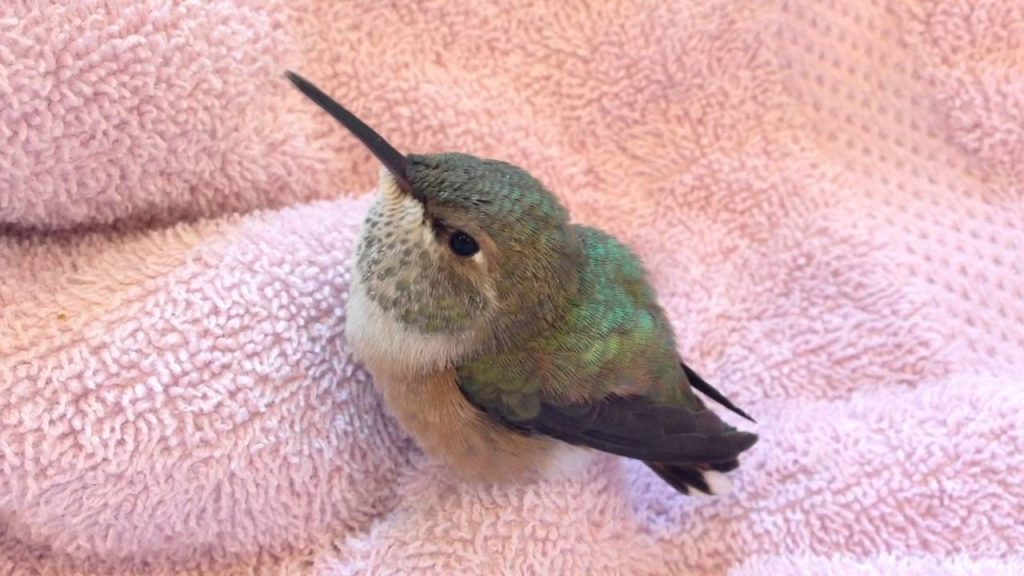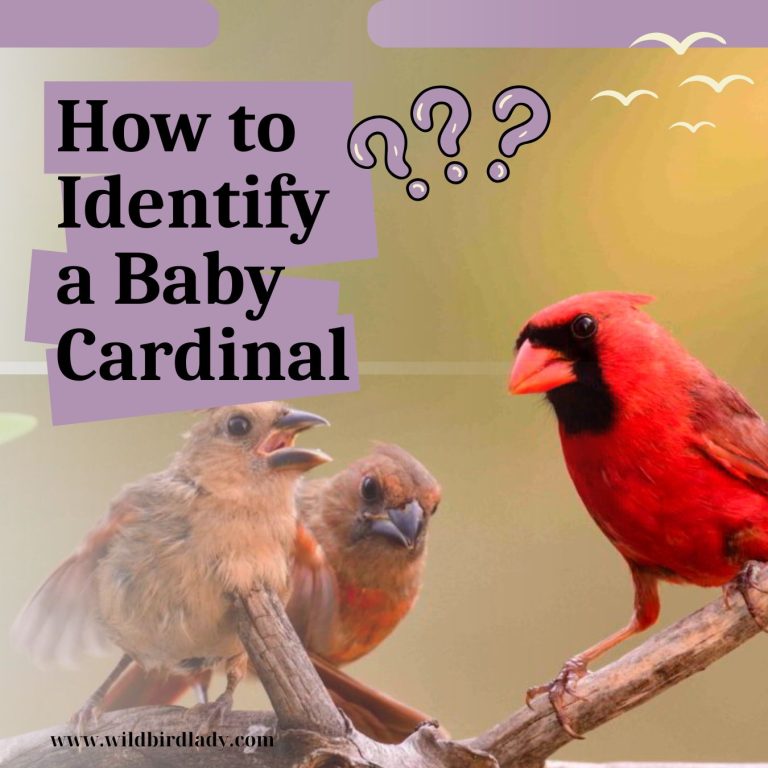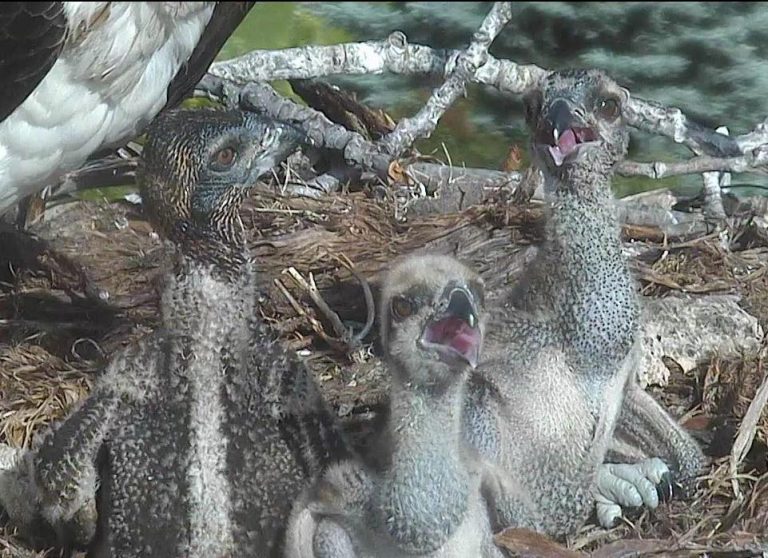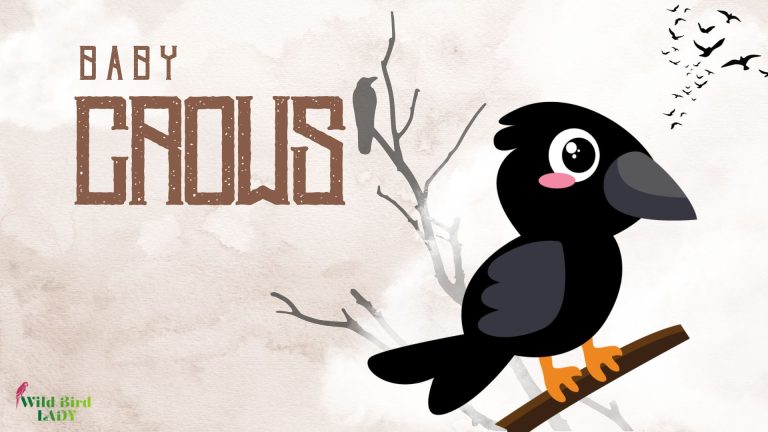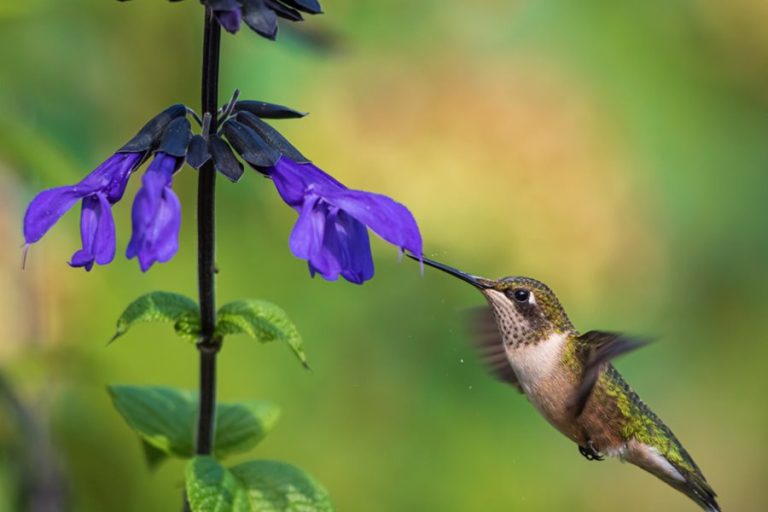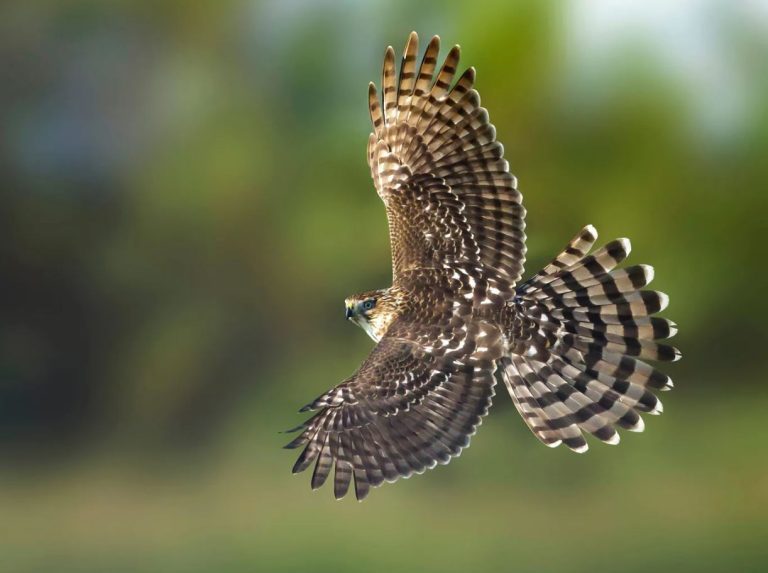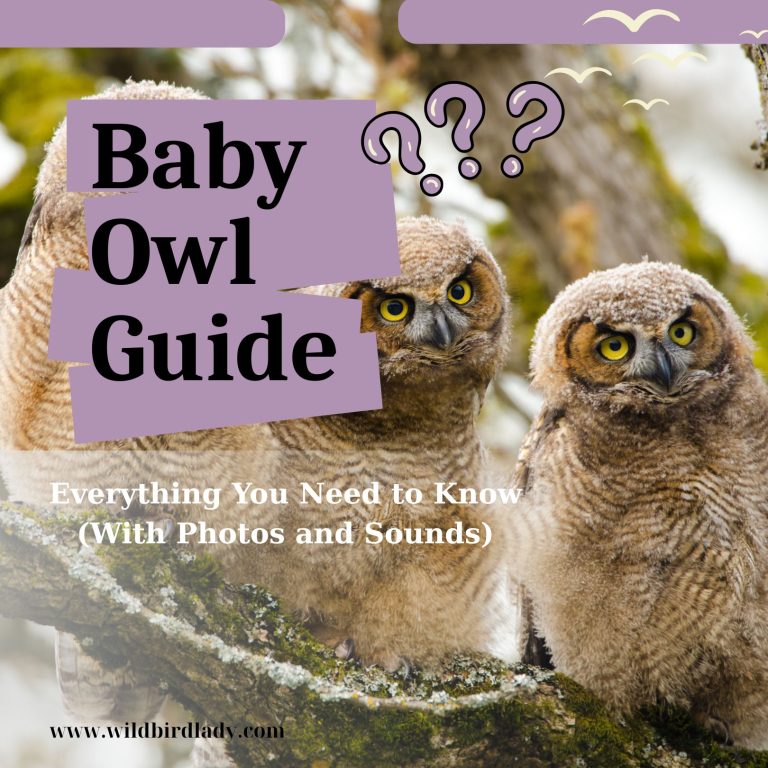Baby Hummingbird: A Tiny Marvel of Nature
Hi, I’m Rifat Ahmed. After over 13 years spent observing birds across North America—from backyards in Oregon to subtropical forests in Florida—I still find myself in awe every time I spot a baby hummingbird. These tiny creatures, often no bigger than a bumblebee, represent one of the most remarkable feats of nature. Their size may be small, but their development, survival, and behavior are anything but ordinary.
In this guide, I’ll walk you through everything I’ve learned about baby hummingbirds—from what they look like, how they’re born and raised, what they eat, how long they stay in the nest, and how you can help them thrive in your own backyard.
What Is a Baby Hummingbird Called?
Technically, a baby hummingbird is referred to as a chick. Like other birds, hummingbirds go through distinct stages of growth:
- Hatchling: Just after hatching, blind and featherless
- Nestling: Still in the nest, eyes open, beginning to develop pinfeathers
- Fledgling: Leaves the nest and starts to fly and forage
These stages progress rapidly, especially compared to larger birds. Within 18 to 28 days, they transform from helpless blobs into agile flying jewels.
How Small Are Baby Hummingbirds?
The size of a newly hatched hummingbird is almost hard to believe. They typically weigh less than a paperclip—about 0.62 grams, and are roughly the size of a kidney bean. Their bills are short, stubby, and not yet suited for sipping nectar. They’re born with closed eyes, translucent pink skin, and no feathers. If you didn’t know better, you might mistake one for an insect larva.
By the time they fledge, they’ve grown to about 2–3 inches in length, nearly indistinguishable from adult females.
The Nest: A Masterpiece of Miniature Engineering
One of the most incredible aspects of baby hummingbirds is the nest they’re raised in. Female hummingbirds (the males play no role in parenting) build tiny cup-shaped nests about the size of a golf ball. They use:
- Spider silk (for elasticity)
- Plant down (for insulation)
- Lichen or bark chips (for camouflage)
The nest stretches as the chicks grow—thanks to the spider silk. I’ve seen nests perched on branches thinner than pencils, perfectly balanced and almost invisible to predators and human eyes alike.
According to the Cornell Lab of Ornithology, hummingbird nests are typically placed 10–40 feet above the ground, offering protection from ground-dwelling predators.
Egg Laying and Incubation
Female hummingbirds usually lay two white eggs, each no larger than a jellybean. The mother will incubate them for about 14–18 days, depending on temperature and species.
During this time, she’s solely responsible for keeping the eggs warm, leaving briefly only to feed. She must consume massive amounts of nectar and insects to fuel her body while incubating. In cold snaps, she may even go into torpor—a temporary hibernation-like state—to conserve energy.
Development Timeline: From Egg to Flight
Here’s a typical timeline for baby hummingbirds (species like the Ruby-throated and Anna’s hummingbirds):
| Day | Stage |
|---|---|
| 0–2 | Hatch blind, featherless, and helpless |
| 3–7 | Eyes begin to open, pinfeathers emerge |
| 8–14 | Feathers develop, chicks double in size |
| 15–21 | Practice flapping wings, bills elongate |
| 18–28 | Fledge (leave the nest), begin flying and foraging |
By the third week, they are strong enough to hover and sip nectar, yet they still return to the nest to rest or for supplemental feeding.
What Do Baby Hummingbirds Eat?
Despite the common belief that hummingbirds eat only nectar, insects are the primary food for chicks. In fact, nectar alone doesn’t provide the protein necessary for their rapid growth.
Here’s what baby hummingbirds consume:
- Small insects and spiders: for protein and fat
- Regurgitated nectar: provided by the mother for energy
- Occasional fruit juices: if available from rotting fruits
The mother will catch up to 2,000 insects per day to feed her young, regurgitating them directly into the chicks’ throats.
A 2020 study published in the Wilson Journal of Ornithology emphasized the critical importance of protein-rich insect diets during the early nestling period, particularly in cooler climates.
How Do They Learn to Fly?
Flight doesn’t come instinctively—it takes practice. Around 18–22 days, chicks begin to exercise their wings inside the nest. They hover in place and stretch their flight muscles, strengthening them for their first takeoff.
One of my most cherished memories was watching a fledgling Ruby-throated hummingbird take its first flight from a camouflaged nest in the Appalachian foothills. It was wobbly, yet determined. Within minutes, it was darting through the air like a pro.
After fledging, the young stay near the nest for a few days, still relying on mom for food and learning by observation.
How to Identify a Baby Hummingbird
Many birders confuse baby hummingbirds with adult females or small bees. Here are some field marks to help:
| Feature | Baby Hummingbird |
|---|---|
| Size | Smaller than adult females |
| Color | Duller plumage, no iridescence |
| Bill | Shorter and less curved |
| Behavior | Often perched, shaky flight, still begging for food |
| Vocalization | May emit soft chirps when calling for the mother |
If you see two small birds interacting midair—one fluttering near a perched bird—it could be a feeding interaction between mother and fledgling.
Seasonal Timing: When Are Baby Hummingbirds Born?
Timing varies by species and location. In general:
- Ruby-throated Hummingbirds (East Coast): Nest from May to July
- Anna’s Hummingbirds (West Coast): Nest as early as December in warm climates
- Black-chinned Hummingbirds (Southwest): Nest between March and June
Most hummingbirds produce two broods per season, sometimes three in warm regions.
What Happens After Fledging?
Once they fledge, baby hummingbirds continue to learn on the wing. Over the next few weeks, they:
- Practice maneuvering
- Learn to locate nectar sources
- Catch insects midair
- Avoid predators like praying mantises, cats, or snakes
They grow more independent each day, gradually dispersing from the nesting site.
Common Threats to Baby Hummingbirds
Unfortunately, many baby hummingbirds don’t make it to adulthood. Common threats include:
- Predators: snakes, cats, jays, praying mantises
- Storms: heavy rain or wind can destroy nests
- Habitat loss: due to deforestation and human development
- Pesticides: reduce insect availability and poison chicks
According to the Audubon Society, habitat fragmentation has a measurable impact on nesting success, especially for species like the Rufous Hummingbird that rely on specific plant communities.
How You Can Help Baby Hummingbirds
Even in urban or suburban areas, you can support these tiny wonders. Here’s how:
✅ 1. Plant Native Flowers
Choose tubular, nectar-rich flowers like bee balm, salvia, coral honeysuckle, and columbine.
✅ 2. Avoid Pesticides
Insecticides kill the very insects hummingbird mothers rely on to feed their chicks.
✅ 3. Hang a Clean Feeder
Use a 4:1 water-to-sugar ratio, no dyes. Clean every 2–3 days in warm weather.
✅ 4. Provide Shelter
Trees, dense shrubs, and vines offer nesting sites and protection.
✅ 5. Keep Cats Indoors
Domestic cats are among the top threats to baby birds.
📝 Bonus Tip: I’ve written an in-depth guide on how to attract these dazzling hummingbirds to your backyard using the right plants, feeders, and habitat features. Feel free to check it out here.
Fun Fact: Hummingbirds Can’t Walk
Hummingbirds have tiny, weak legs used only for perching. They can’t hop or walk like sparrows or robins. That’s why a grounded baby hummingbird is likely in trouble and may need assistance from a licensed wildlife rehabilitator.
What to Do If You Find a Baby Hummingbird
If you discover a baby on the ground:
- Observe from a distance—the mother may still be nearby.
- Do not feed it nectar—you could drown it.
- If it’s injured or cold, place it gently in a tissue-lined box and contact a local wildlife rehabilitator.
- Don’t attempt to raise it yourself—they require specialized care and diet.
Search for certified help through Animal Help Now or your local wildlife rescue center.
Final Thoughts
Baby hummingbirds are a marvel to witness—tiny, fragile, yet fiercely resilient. Their journey from egg to flight is one of the fastest and most energy-intensive in the bird world. As bird lovers and caretakers of nature, we have a responsibility to protect their habitat, understand their needs, and celebrate their brief yet astonishing growth.
Over the years, I’ve watched dozens of these tiny birds emerge from well-hidden nests, fledge into the wild, and return as adults the following spring. Every time, it’s a reminder of the incredible intricacy and beauty of the avian world.
FAQ About Baby Hummingbirds
1. What is a baby hummingbird called?
A baby hummingbird is commonly referred to as a chick. When newly hatched, they’re also called hatchlings, and as they grow, they become nestlings and then fledglings before becoming fully independent.
2. How long do baby hummingbirds stay in the nest?
Most baby hummingbirds stay in the nest for 18 to 28 days, depending on the species and environmental conditions. They typically fledge (leave the nest) once their feathers and flight muscles are fully developed.
3. What do baby hummingbirds eat?
Baby hummingbirds are fed a diet of regurgitated insects and nectar by their mother. Insects provide essential protein for growth, while nectar offers quick energy.
4. Can baby hummingbirds survive on nectar alone?
No, nectar alone doesn’t provide enough protein for development. Insects and small spiders are crucial for building feathers, muscles, and organs during the early growth stages.
5. What should I do if I find a baby hummingbird on the ground?
Observe first—its mother might still be nearby. If it’s injured or cold, gently place it in a tissue-lined container and contact a licensed wildlife rehabilitator immediately. Never try to feed it yourself.

